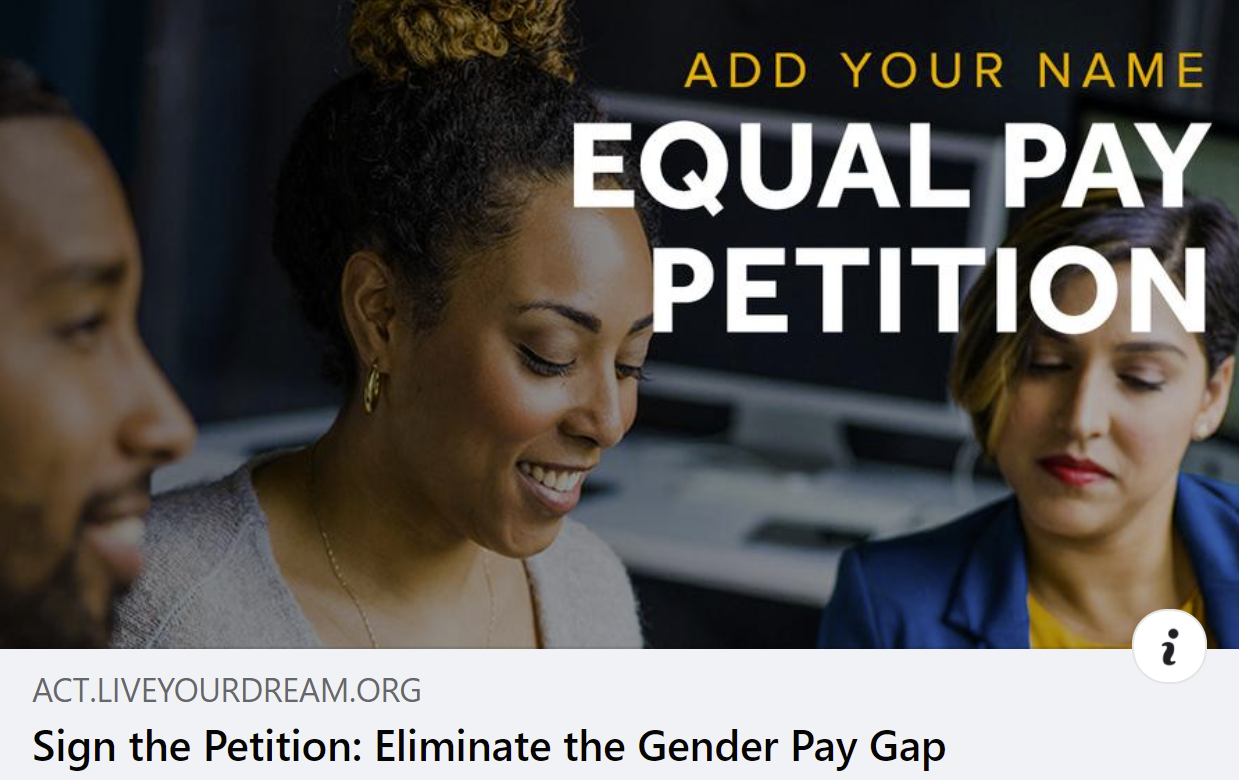The Real Reason Behind the Gender Wage Gap
Since the 1980s, more women have been graduating from college and graduate school than men. In fact, in 2020-2021, women accounted for nearly 60% of all U.S. college students. Worldwide, the number of women attaining higher education degrees continues to rise.
Additionally, more women are entering the workforce than ever before. In 2015, about 57% of American women ages 16 and older worked outside the home, compared to just 34% in the 1950s. In 40% of households with children today, women are the sole or primary breadwinner.
With all of this progress, it is often frustrating to hear that women, who are outpacing men in both education and labor, are still earning less money at work and putting in more unpaid hours at home. However, the fight for equality is nothing new for women, and supporters are continuing their efforts to bring the gender gap to a close.
The Wage Gap
While the gap between men and women’s salaries has shrunk over last 30 years, women continue to make less money than men, while progress towards equality stagnates.
Currently, when comparing the earnings of full-time workers, women in the U.S. make about 80% of what men make annually. For women of color, this number is closer to 60%.
And evaluating average wages across several countries, the World Economic Forum has found that globally women earn about 68% of what men are paid for the same work.
At the rate things are going, women won’t achieve equal pay for another 135 years.
While the size of the wage gap varies depending on occupation, it is always present, with women consistently making less than men. This disparity can be attributed to a number of causes, including an inherent hiring bias against women and, of course, the glass ceiling that prevents many women from advancing in their careers.
Even though women make up half the workforce, they are still more likely to work in lower-paying jobs. For example, while women account for over 50% of STEM college graduates, they make up less than 30% of the STEM workforce. Instead, women dominate fields like community service, education, food service, and housekeeping.
Moreover, women are less likely to be promoted to a leadership position than men. In fact, women make up only 8.1% of Fortune 500 CEOs and just 27.1% of Congress (which is an all time record). In the field of K-12 education, where women represent nearly 76% of the teachers, they account for only 27% of school superintendents.
“Studies have shown that men are twice as likely to be hired as women and are considered to be more skilled. ”
It is in these advanced positions where the hiring bias is most visible.
Studies have shown that men are twice as likely to be hired as women and are considered to be more skilled. Even when women achieve advanced positions or work in higher paying fields like law and medicine, they are still paid less than men in the same positions.
For example, one such study found that when science professors were given two identical applications for a lab manager position, one with the name “Jeff” and one with “Jennifer”, they not only judged the female applicant as significantly less competent and hirable than the male, but they recommended a starting salary for Jennifer that was 13% less than Jeff’s.
To avoid any bias during the initial hiring process, several European countries, and now Canada, have begun experimenting with anonymous applications. This “blind” hiring process, in which names, gender and ethnicity is hidden, has been shown to level the playing field and increase women’s chances of making it to the interview stage.
However, closing the wage gap has proved to be extremely difficult. In the U.S., advocates have been pushing congress to pass legislation that would expand on the 1963 Equal Pay Act. These include the Paycheck Fairness Act and the Fair Pay Act, which strengthens violation penalties, prohibits employer retaliation, and requires employers to file wage information. A push towards salary transparency will not only force employers to examine the differences in their employee’s wages, but will give women more power during salary negotiations, where they commonly suffer.
The Motherhood Penalty
The wage gap is also affected by a woman’s age and life events. Research has shown that the gap is the smallest for the younger population, with women between the ages of 25 to 34 making around 90% of what men earn.
If these women never marry, their wage gap will remain around the same, while married women, on the other hand, earn closer to 80% of men’s salaries. After having children, women’s paychecks suffer even more. Studies have shown that women’s earnings decrease by 4% per child, while men’s increase by 6%.
This harsh impact on women’s wages is often blamed on the amount of time women spend taking care of their children and families compared to men. This often results in employers perceiving them as less dedicated or capable than their colleagues, decreasing their opportunities for promotions or raises.
The Family and Medical Leave Act of 1993 made great strides in granting both men and women job-protected time-off. However, the U.S. is far behind other developed nations in providing adequate paid leave for new parents, though some state policies have shown improvement. For day-to-day childcare, encouraging more companies to allow flexible scheduling will not only benefit women and families, but will also lead to better productivity and morale at work.
The Second Shift
The workplace isn’t the only arena where women are struggling to achieve equality. At home, their role is significantly different than their male counterpart.
The Organization for Economic Co-operation and Development found that women participate in far more unpaid work at home than men do. Women in the U.S. spend on average 2.8 hours every day taking care of their family members and doing housework while men spend only 1.7 hours.
This extra hour of unpaid work adds up fast. In a year, women will spend 7 more weeks taking care of their home and family than men will. This doesn’t even include the additional time women spend researching, planning, and organizing for their families compared to men.
In our current culture, where these responsibilities are associated with the female sex, women are left with less time to spend focusing on work and their careers, resulting in lower positions and wages.
This issue is primarily caused by stereotypes surrounding men and women, namely that men are providers and women are caregivers. While this may seem like an antiquated point of view, it’s one that has been ingrained in our society for centuries, making it one of the more difficult gender gaps to conquer.
Some of the ways that we can start are by continuing to normalize paternity leave and men as caregivers in general. In the last few decades, men have doubled the amount of time they spend on housework and tripled the amount of time they spend with their children, though they still haven’t caught up to women.
By persisting down this path, and by supporting and fighting for new legislation that aims to bring equality to the workplace, we will close the gender gap. As Geraldine Ferraro, the first female vice-presidential candidate for a major party once said, “We’ve chosen the path to equality, don’t let them turn us around.”
About the writer: Ashleen Knutsen is a science writer and editor in Los Angeles. After a decade of experience in engineering and research, she decided to pursue a career in science communications to not only spark women and girls’ interest in STEM, but to let them know that they too can change the world.
SHARE THIS:










